I Love Baroque
Le Café des Bons Vivants, Ste-Adèle, QC
Since being back home in the Laurentians, I must admit the one thing I miss is a good espresso or cappuccino. Then it struck me: just 15 minutes away, there’s a cozy coffee shop I used to enjoy. Since I hadn’t had breakfast yet, I packed my laptop and headed out.
Le Café des Bons Vivants in Ste-Adèle is an old Quebec-style bungalow with a large terrace overlooking a residential area. I like the feel-good, relaxed atmosphere. Unlike in Italy, where cappuccinos are only made with cow's milk, here it's easy to get one with oat milk. And I must admit, it’s nice to have a Canadian-style breakfast sandwich with bacon and eggs.
I first got to know this place a few years ago because of its owner, Marc Hervieux, a famous Quebec opera singer. He isn’t here often, but today he was, making sandwiches in the open-space kitchen. As he often does, he let out some well-known arias in his deep tenor voice. I like that. In fact, I’ll share a little story with you about my fascination for music.
One summer day in the mid-80s, when I was in my late 20s, my cousin Michael visited from Toronto in a little Fiat Spider. As I sat in the car, a piece of music played that seemed to reach into my soul. I’d always loved classical music, but I kept it hidden, thinking my friends might not see it as "cool." Yet this wasn’t Mozart or Beethoven; it was something else—something bright, playful, like sunlight dancing on rippled water. The mandolins plucked lively, intricate melodies that interlaced and chased one another, creating a feeling of lightness and joy.
Vivaldi Mandolin Concerto
"What is that, Mike?" I asked, captivated.
He laughed. "You mean, you don’t know Vivaldi? Antonio Vivaldi—one of Italy’s greatest composers."
He kept talking, but his words faded as my ears stayed tuned to the music. It was like déjà vu. Somehow, I already knew this music, as though I’d lived it before. The feeling was strange, and it stirred something deep in me—maybe it even explained my fascination with chamber music and ancient instruments. I often imagined myself as a cellist, performing around the world and leading a nomadic life.
That moment marked the beginning of my insatiable passion for Baroque music. (Mike, I know you read my newsletters; thank you for helping me discover this sublime passion).
This newfound love led me to concerts across cities and countries. I collected over 20 versions of Vivaldi’s “The Four Seasons” (my favorite is by The English Concert, conducted by Trevor Pinnock). I visited Vivaldi's birthplace in Venice, spent hours at the museum and at l’Ospedale della Pietà, where he taught orphaned girls. I even stayed at the hotel he resided in Vienna and tried sleeping in the same quarters he did.
As my appreciation for Baroque music grew, so did my concert-going habit. I became a season ticket holder for I Musici de Montréal. I loved their monthly concerts at Tudor Hall on the fifth floor of the Ogilvy department store. The oak-paneled walls provided excellent acoustics. The one-hour concerts, with a glass of red wine and Yuli Turovsky, the founder, conducting the orchestra, were a pure joy after a stressful day at the office. Among my other favorites were Solisti Veneti with the renowned founder and conductor Claudio Scimone, and the Academy of St. Martin in the Fields. I was touched when the famous Canadian violinist, Angèle Dubeau, named the all-female string ensemble she created “La Pietà” to commemorate Vivaldi’s life and devotion in Venice.
Baroque music is a taste not very common, so I often went alone, which suited me just fine—I could fully immerse myself in each performance.
What is Baroque music, you ask?
Baroque music, followed the traditions of previous centuries of secular, sacred and folk music but with a twist! We’re talking about the 17th and early 18th centuries when a new and bold virtuoso solo instrumentalist extravagantly improvised over rhythm and bass lines much like jazz musicians today. Such revolutionary music making hadn’t been heard before! This Nuovo Musiche was an expressive force that moved audiences to laugh and cry! The most famous composers we remember today are Vivaldi, Handel, and Bach who set the stage for the classical era.
I like the sequences we find in Baroque music, like those in Vivaldi’s “The Four Seasons”, particularly “Summer”, Op. 8 No. 2, This piece is rich with melodic patterns to ornament and improvise on especially in the violin passages, where motifs are repeated in different keys to create vibrant and dynamic textures.
Here is the piece played at the 2019 Montreal Baroque Festival with Davide Monti from Italy.
Destiny
My work often took me to Toronto, and many times, I caught the first flight out in the early morning. It was October 2002, and I was sipping on my cappuccino in the Air Canada lounge. As I put down the newspaper, I noticed a familiar face a few tables away. I was desperately trying to remember her name. I thought I had seen her at St. Paul’s Church on Bloor Street in Toronto. She was performing in Bach’s “Brandenburg Concertos” with the Tafelmusik Baroque Orchestra. I remember stepping outside for a smoke during intermission and seeing her sitting on the cement stairs near the exit, holding a beautiful viola da gamba. I told her how lovely it was—not sure she even looked at me.
Another time, I saw her coming off a plane at the Toronto City Centre airport. What struck me that time was her boots—one red and one black. I wanted to say hello but didn’t have the courage.
Then, as destiny would have it, I saw her a third time. As an announcement on the loudspeakers informed us that my flight was delayed, I looked up at her and thought, “Susie—that’s it, Susie Napper.” We stared at each other, and I said, “Toronto?”
“Yes,” she replied. “I guess we’ll be late.”
I mumbled something in response, then gathered the courage to approach her table.
"Hi, I’m Tino. I’m a fan of yours and of Baroque music. Would you mind if I joined you for coffee?"
As I sat I noticed her black and red boots again: “I like your boots! Did you actually buy two pairs? One red and one black?”
“Yes, I did,” she replied, smiling.
We conversed back and forth. I was captivated by her calmness, curious to know everything about her.
“What keeps you busy these days?” I asked.
“Well, one thing I’ve been dreaming of for many years is starting a Baroque Festival in Montreal.”
“Ehm, mmm, what’s stopping you?”
“I’m a musician. A festival needs funding and business connections. Plus, I’d be in competition with the Montreal Chamber Music Festival.”
“Susie, may I call you Susie? Perhaps I could help”!
Her face lit up. “You would? How? I mean, sure!”
“I have connections. We can raise funds, build a board of directors with the right people, and a bit of competition with Mr. Brott’s festival could only be beneficial.”
She was beaming. “Are you free tonight? Come to the dress rehearsal at the Elgin Theater, and we can have supper afterward.”
“What are you rehearsing?”
“Monteverdi’s “Orfeo.””
“You bet I’ll be there.”
“Okay, I’ll sneak you in through the back door.”
As my day went on, I grew excited to meet her that evening. Not only would it give me a chance to chat further with one of the top Baroque musicians, but we’d also be discussing the possibility of creating a music festival.
The Rehearsal
Orfeo’s rehearsal felt like the real performance—smooth, uninterrupted, complete. A few minutes after the applause from the crowd of people watching the practice, Susie joined me in the front row.
“There’s a little Asian restaurant just a couple of hundred feet away on Victoria Street. What do you think?”
“Sounds good to me.”
Over dinner, we delved deeper into each other’s worlds. She shared her vision of the festival: the music she wanted to perform, the musicians she planned to invite, the number of concerts, the budget, and so on.
We were both brimming with enthusiasm. She saw a tangible path to her dream, and I saw a unique opportunity to contribute something culturally valuable to the community, and I would lie to you if I didn’t tell you—for myself, also. We both left that evening feeling inspired, promising to reconvene back in Montreal as soon as possible.
Building the Festival
Back in Montreal, we quickly gathered prospective directors for the board and got to work. I loved the meetings held at Susie’s house. She’s a fantastic cook, and the relaxed, intimate setting was a refreshing change from board meetings at work. It felt like we were building history.
We completed the legal paperwork, submitted grant applications, and solicited support from my clients and professional connections. We moved quickly. On April 10, 2003, we held a promotional concert at Château Ramezay in Old Montreal, and in June 2003, we launched the first Montreal Baroque Festival—exactly nine months after our chance encounter in the AC lounge. The festival’s honorary president was none other than Yannick Nézet-Séguin, who is now the Music Director of the Metropolitan Opera in New York and the Philadelphia Orchestra.
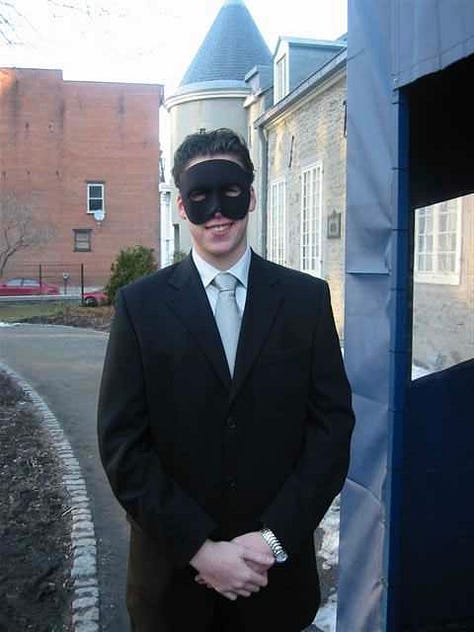
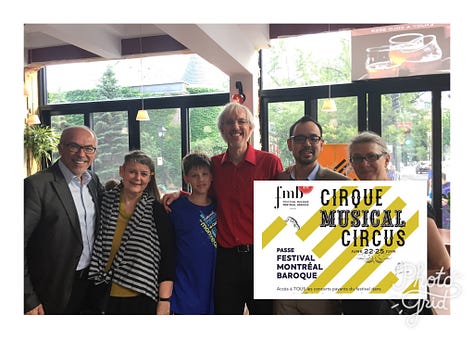
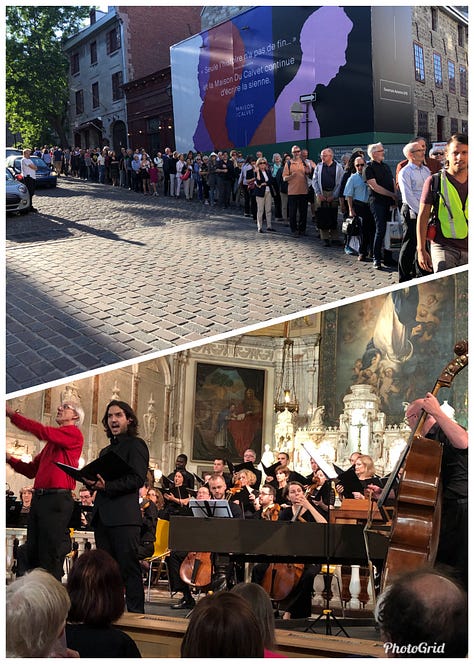
The festival ran from June 20 to June 23, four days packed with concerts at various venues in Old Montreal and numerous free performances in parks and streets. Ironically, the famous soprano Suzie LeBlanc performed Bach's “Coffee Cantata”, a secular baroque work that humorously portrays a father’s attempt to curb his daughter’s coffee addiction—a story told from a coffee shop. Familiar?
A Festival That Endures
That first edition was a success, and so were the years that followed. However, by the fifth year, the festival faced serious financial trouble. We came close to abandoning the project, but many people rallied to secure its survival. Susie’s husband, Bruce Haynes—a renowned musicologist, musician, and writer—sold one of his prized oboes and donated the entire proceeds to the festival. Susie herself remortgaged her home, dedicating countless hours to the festival’s preparation, execution, and, of course, performance.
Behind the scenes were unsung heroes who kept the festival alive—like my brother, Tony, who has been a steadfast supporter and contributor throughout the years. Susie, ever innovative, has continuously pushed the festival’s boundaries, introducing a new theme each year. There are unexpected concert formats, non-traditional settings, and playful interpretations of baroque works, embracing a spirit of unpredictability and humor. I love “Les concerts intimes”, held at 7:00 on Sunday mornings and accessible only to handful of people, taking place in sublime venues such as the crypt of La Chapelle Notre-Dame-de-Bon-Secours (the first church in Montreal, circa 1655) or the church’s bell tower. Truly surreal. At times, the festival brought a circus-like flair with Baroque charm.
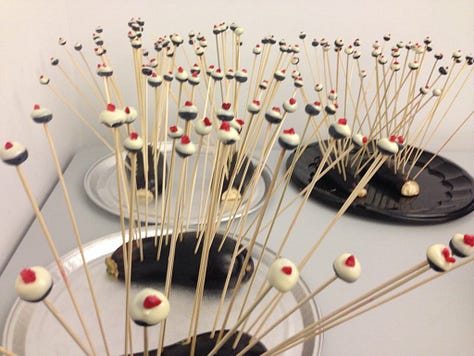
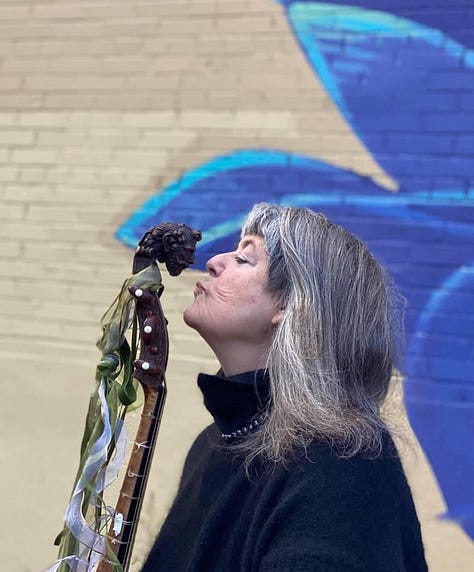



This June, the festival will celebrate its 22nd year. It is now considered one of Canada’s cultural jewels and has gained recognition abroad. While Susie and I remain on the board of directors, a new generation of talented individuals is ensuring the festival’s continuity.
A Serendipitous Journey
Meeting Susie and helping bring the festival to life will always be one of the most beautiful experiences of my life. So, the next time your flight is delayed, remember—something wonderful might be waiting.
Arrivederci until next Saturday—always observing, always sharing, always sipping, always a tale from an Italian coffee bar and beyond.
https://montrealbaroque.com/en

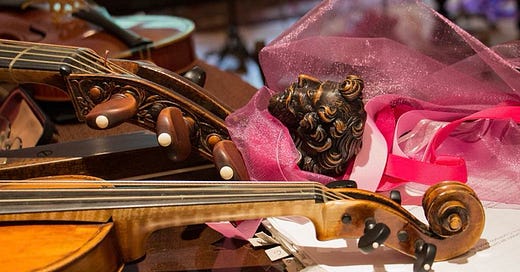




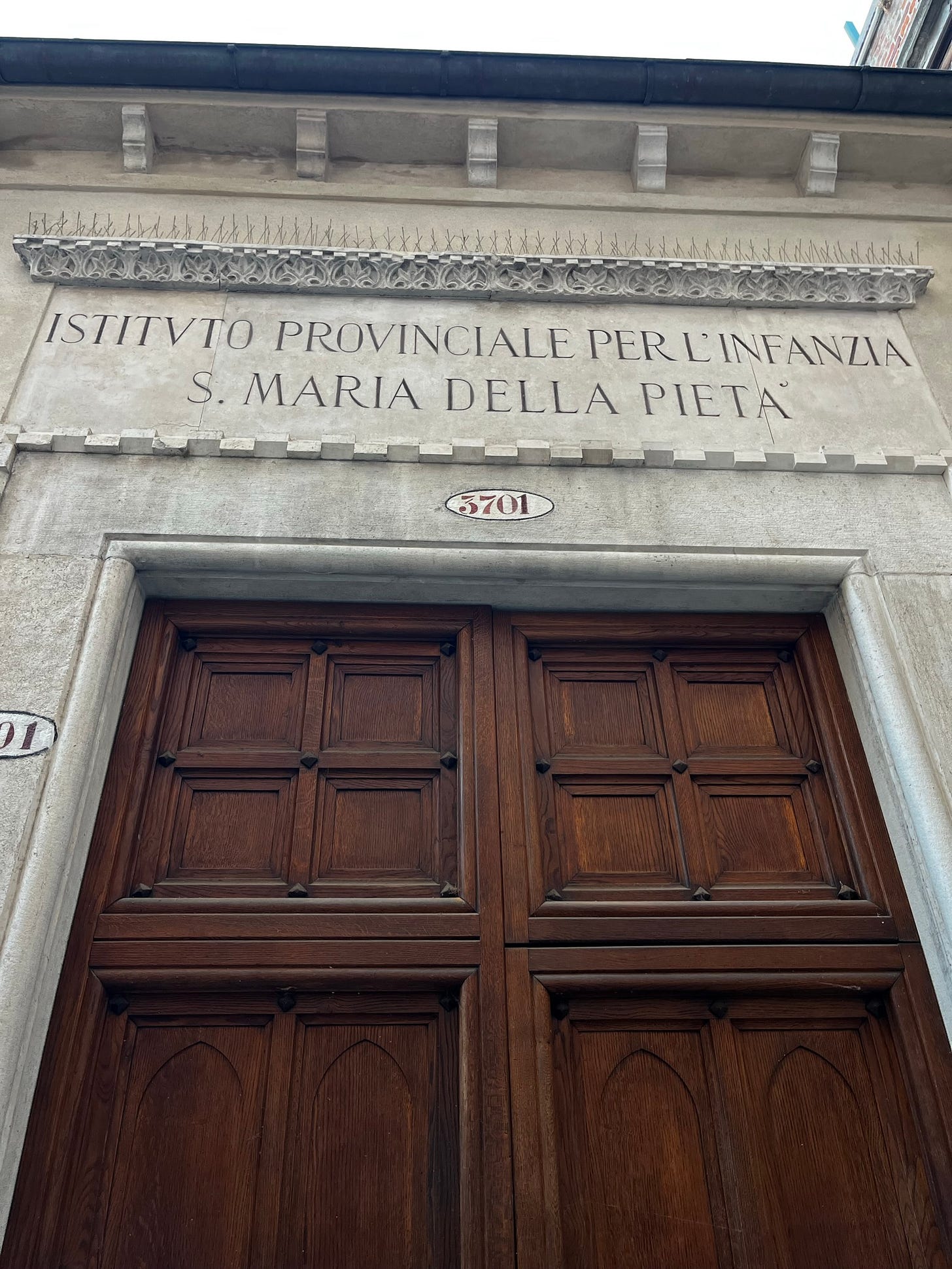
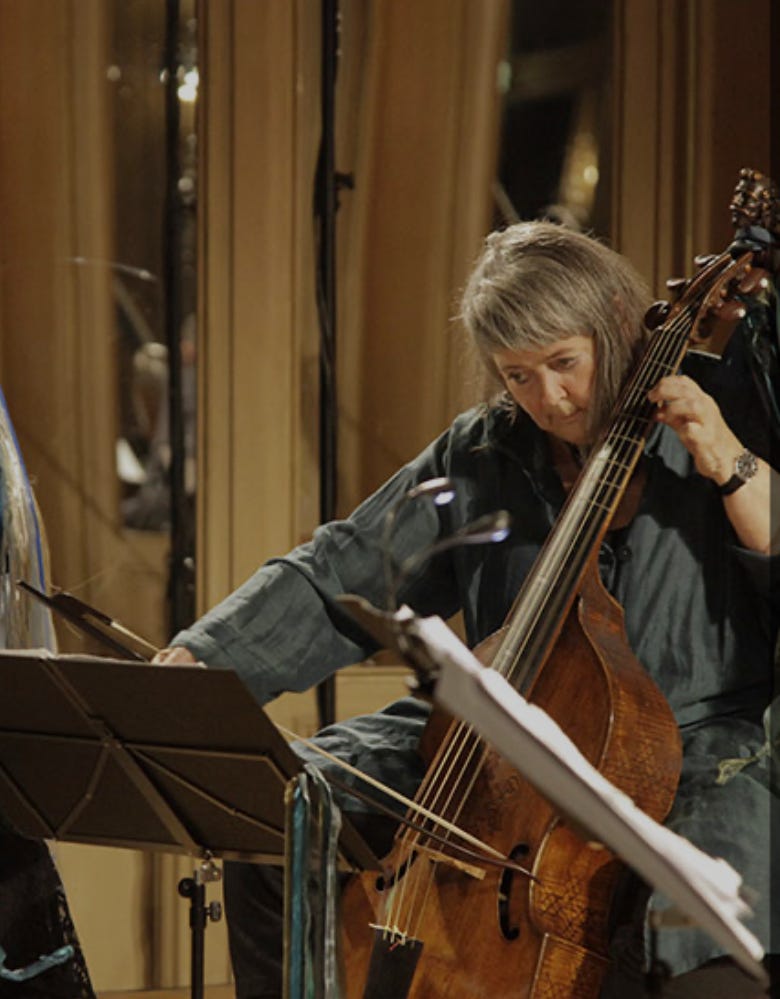


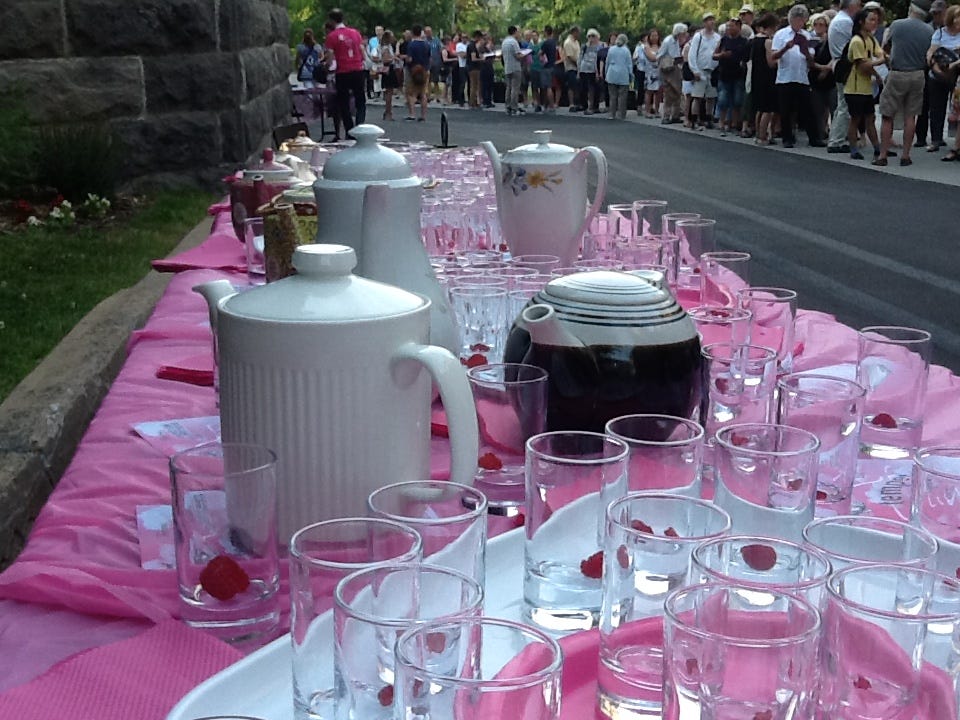
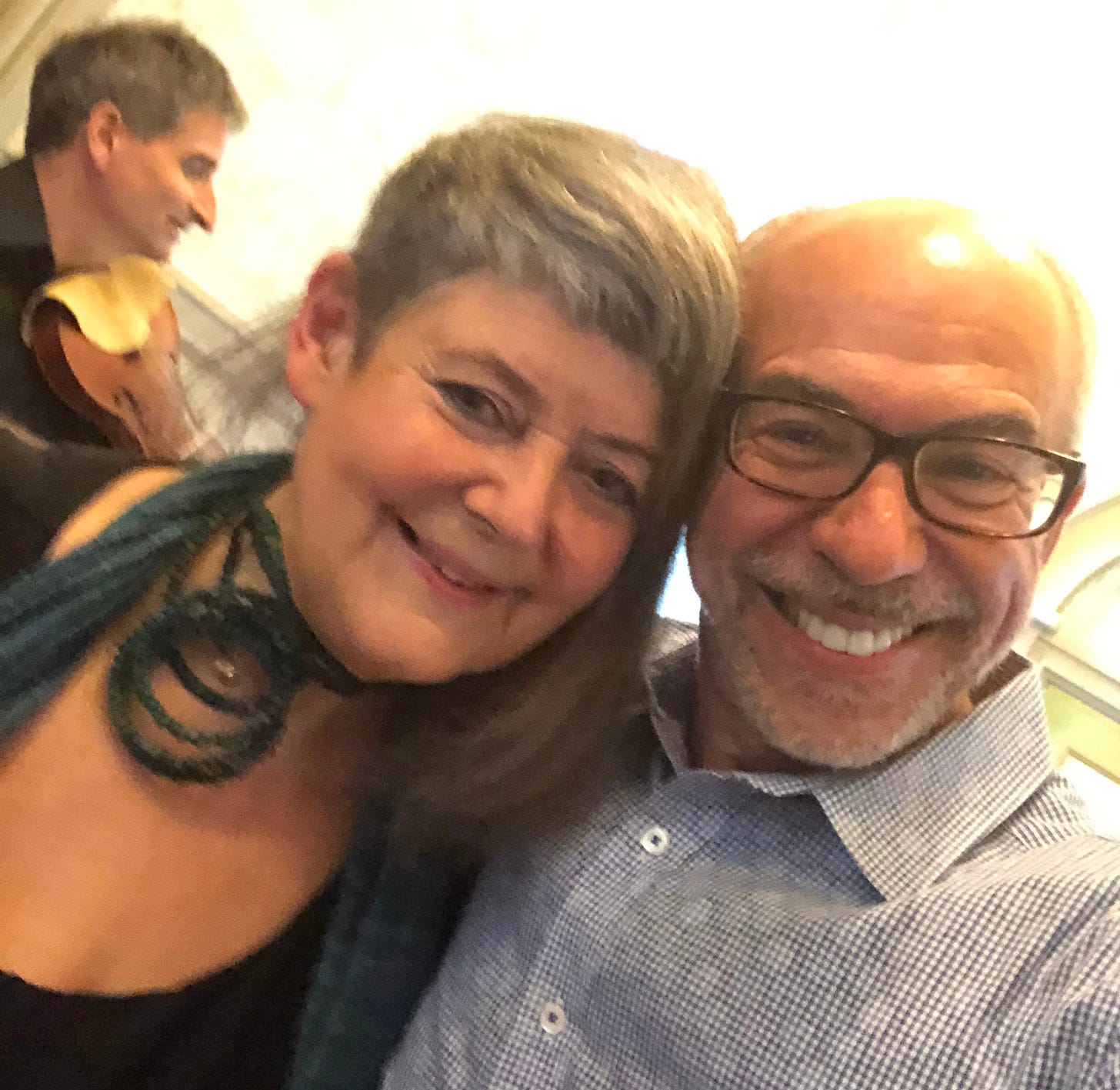

Merci François, très bien dit. Bien hâte de goûter à ton cappuccino.
Au début de ton texte tu parle de ton amour pour la musique classique. Le premier extrait que tu as insérer dans ton texte, respire l’Italie. Cette musique pourrait faire partie de l’hymne national de ton pays d’origine…. Pas surpris que tu aimes ça.
J’ai bien aimé la partie du texte ou tu explique comment le festival a vue le jour.
Félicitations!